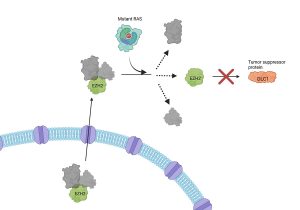Linking Uninsured Patients Treated In The Emergency Department To Primary Care Shows Some Promise In Maryland [Improving Care Systems]
Use of the emergency department (ED) has increased significantly over the past twenty years, especially among people who lack access to regular care, such as from a primary care provider. Not only are many ED visits avoidable, but receiving care through the ED also may disrupt continuity of care and result in increased overall health care costs. This article analyzes one of the twenty-nine local projects funded by the Centers for Medicare and Medicaid Services: the Emergency Department–Primary Care Connect initiative of the Primary Care Coalition of Montgomery County, Maryland. The initiative linked low-income or uninsured patients with local safety-net primary care providers. In the period 2009–11, five participating hospital EDs referred 10,761 low-income uninsured ED patients to four local primary care clinics.
Use of the emergency department (ED) has increased significantly over the past twenty years, especially among people who lack access to regular care, such as from a primary care provider. Not only are many ED visits avoidable, but receiving care through the ED also may disrupt continuity of care and result in increased overall health care costs. This article analyzes one of the twenty-nine local projects funded by the Centers for Medicare and Medicaid Services: the Emergency Department–Primary Care Connect initiative of the Primary Care Coalition of Montgomery County, Maryland. The initiative linked low-income or uninsured patients with local safety-net primary care providers. In the period 2009–11, five participating hospital EDs referred 10,761 low-income uninsured ED patients to four local primary care clinics. The intervention did not significantly reduce overall subsequent ED visits, but there was a significant reduction in subsequent ED visits among the subpopulation with chronic physical or behavioral conditions if they had more than two visits to the same primary care clinic. Our findings suggest that expansion of safety-net clinics, combined with strategies to link high-need patients in the ED with these primary care providers, can reduce subsequent ED use.
SOURCE: Health Affairs current issue – Read entire story here.








